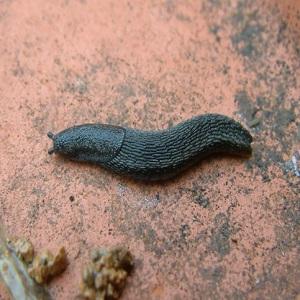Our guidance provides details of the main slug species of UK field crops, highlights the main risk periods for specific crops and presents options for control.
What are the main slug species of UK crops?
The UK plays host to around 40 slug species, although only a few are major crop pests. Learn how to spot the tell-tale signs of the four slug species commonly found in the UK’s fields.
What are the main slug species of UK crops?
How do slugs damage crops?
Slugs are a primary pest in many field crops, affecting both yield and quality. The impact depends on the size and activity of the population, as well as the crop and its growth stage.
What conditions favour slugs?
With each slug capable of producing up to 500 eggs, these pests are egg-laying machines. By understanding the environmental factors that influence slug activity, it is possible to target control.
How to suppress slugs with cultural control
With chemical and biological control options for slug control limited, efforts to prevent slug populations from spiralling out of control rely increasingly on the use of non-chemical approaches. With each solution only providing partial control, a combination of tactics is often required.
How to suppress slugs with cultural control
How to monitor slug populations in field crops
To target slug treatments, both across and within fields, it is important to monitor pest activity during a crop’s most critical growth stages.
How to monitor slug populations in field crops
Chemical and biological control of slugs
Understanding how slug control options work, along with the use of monitoring and damage-risk thresholds, will help you target treatment effectively.
Chemical and biological control of slugs



